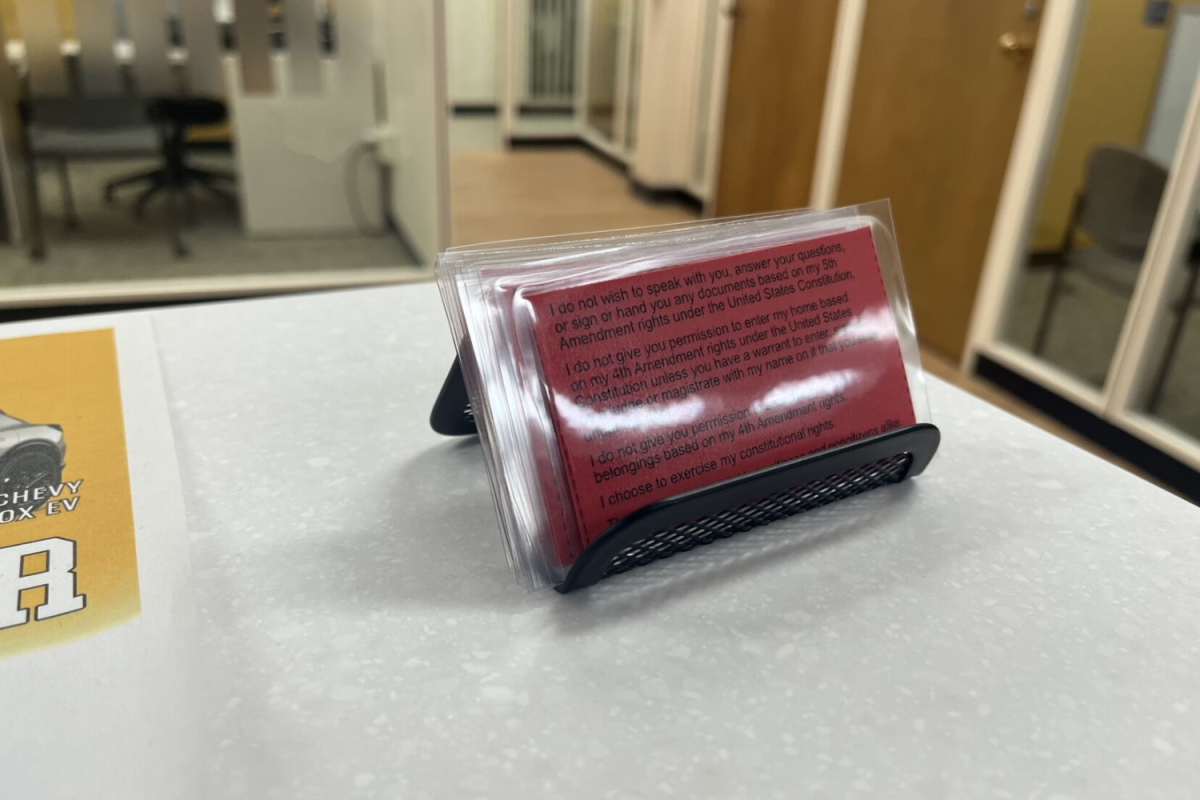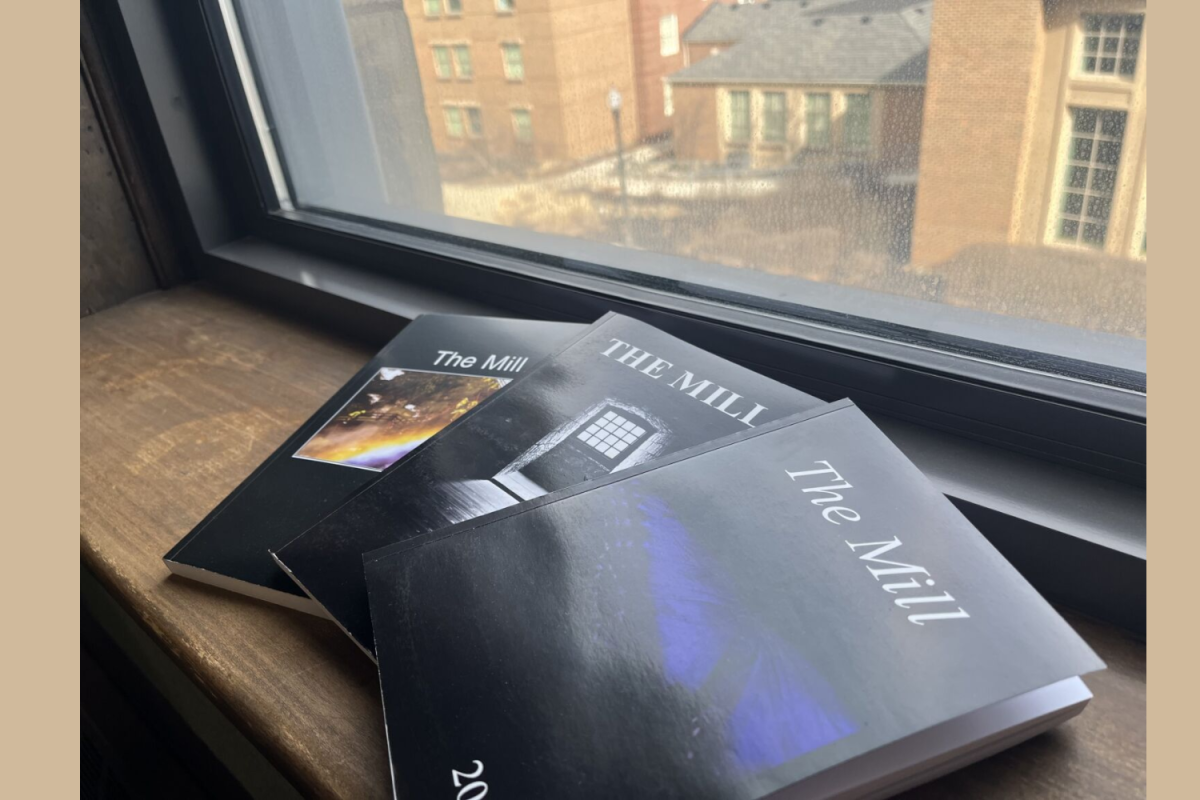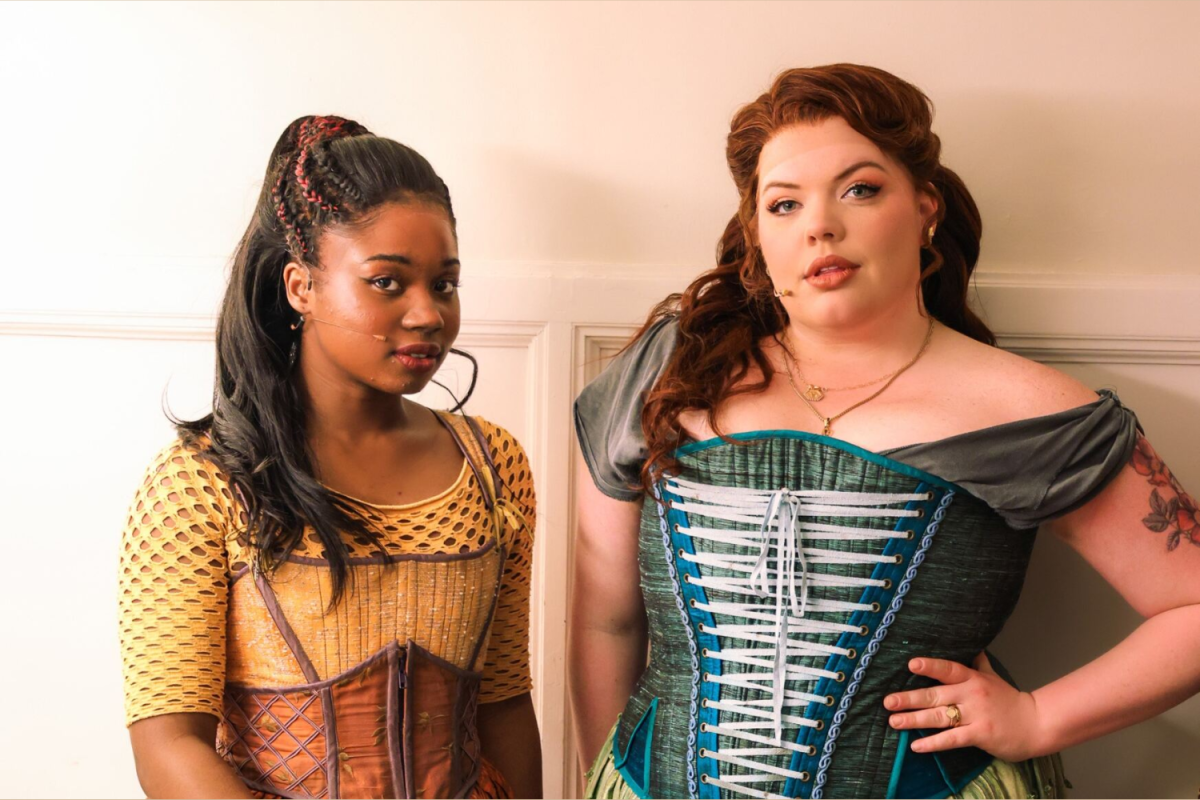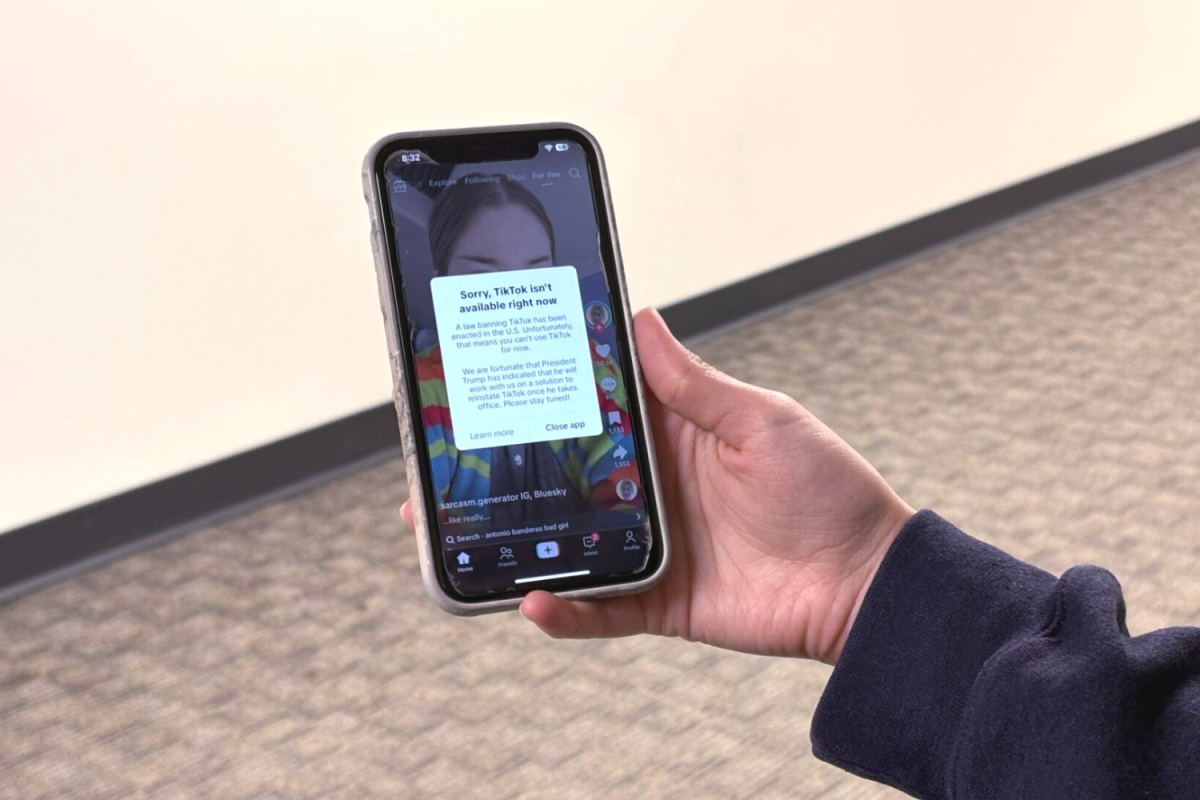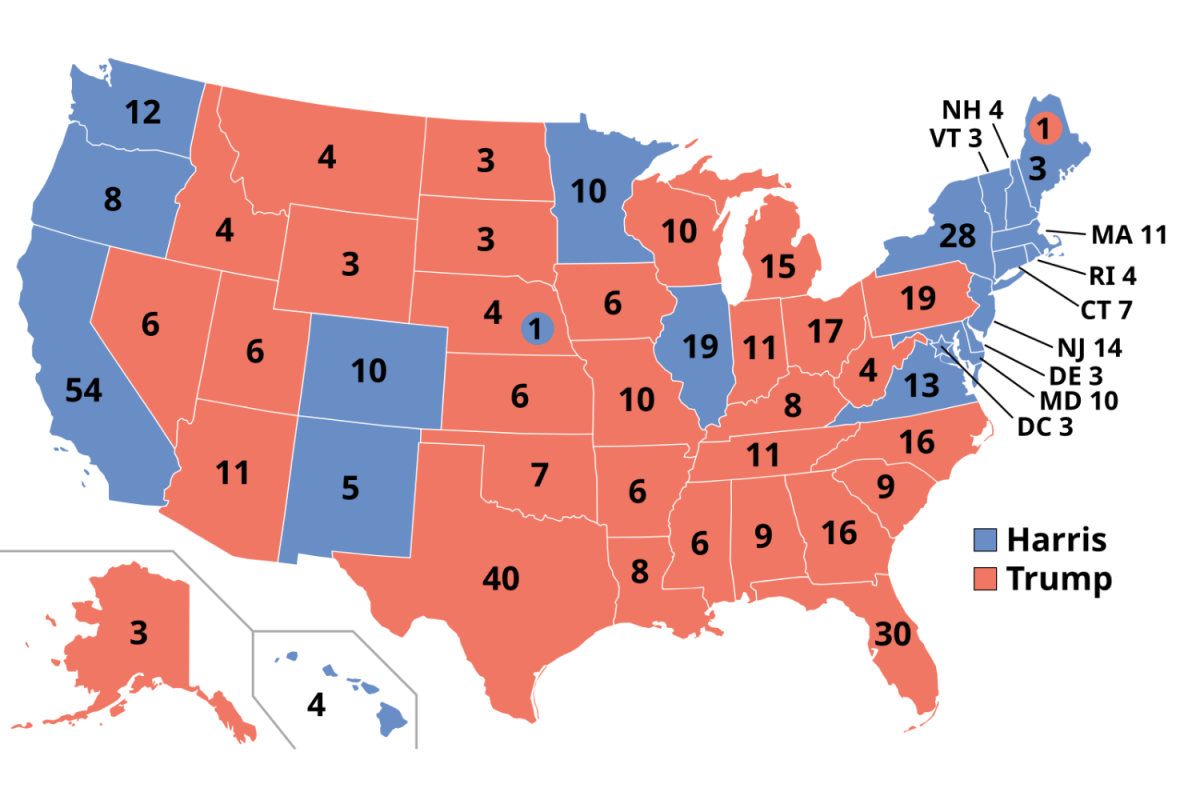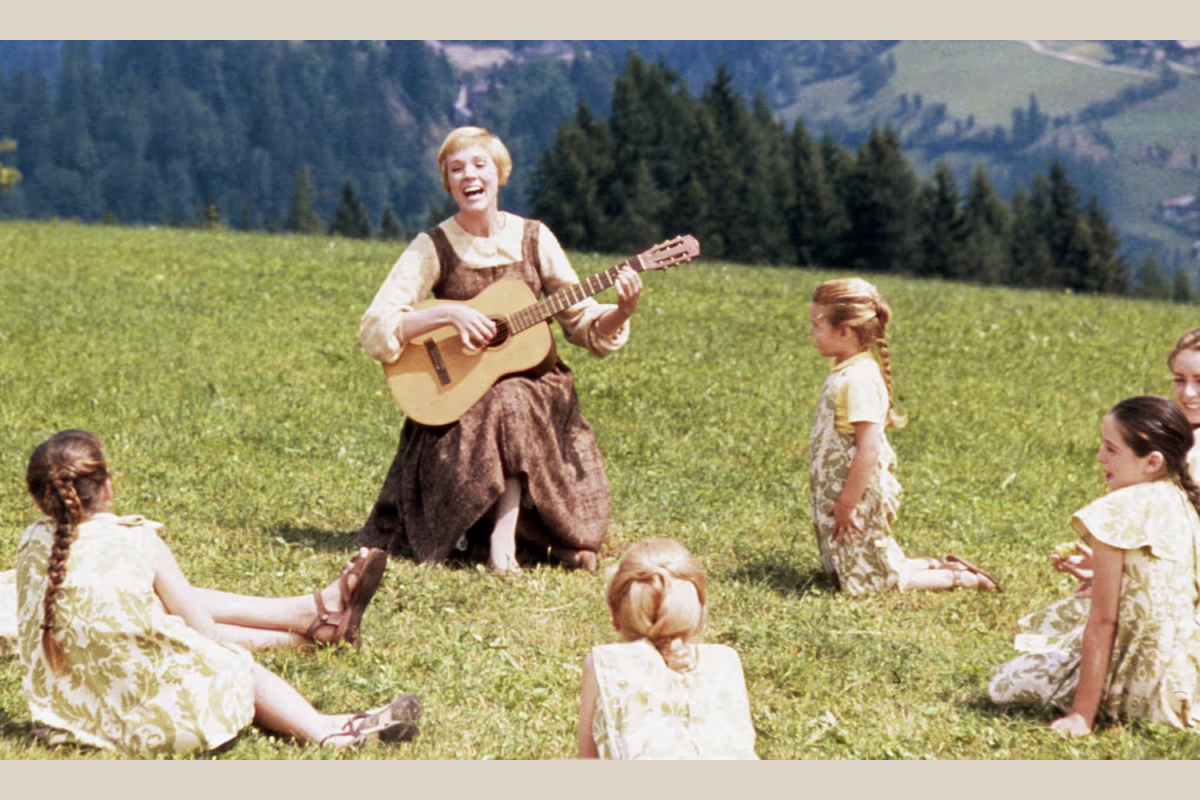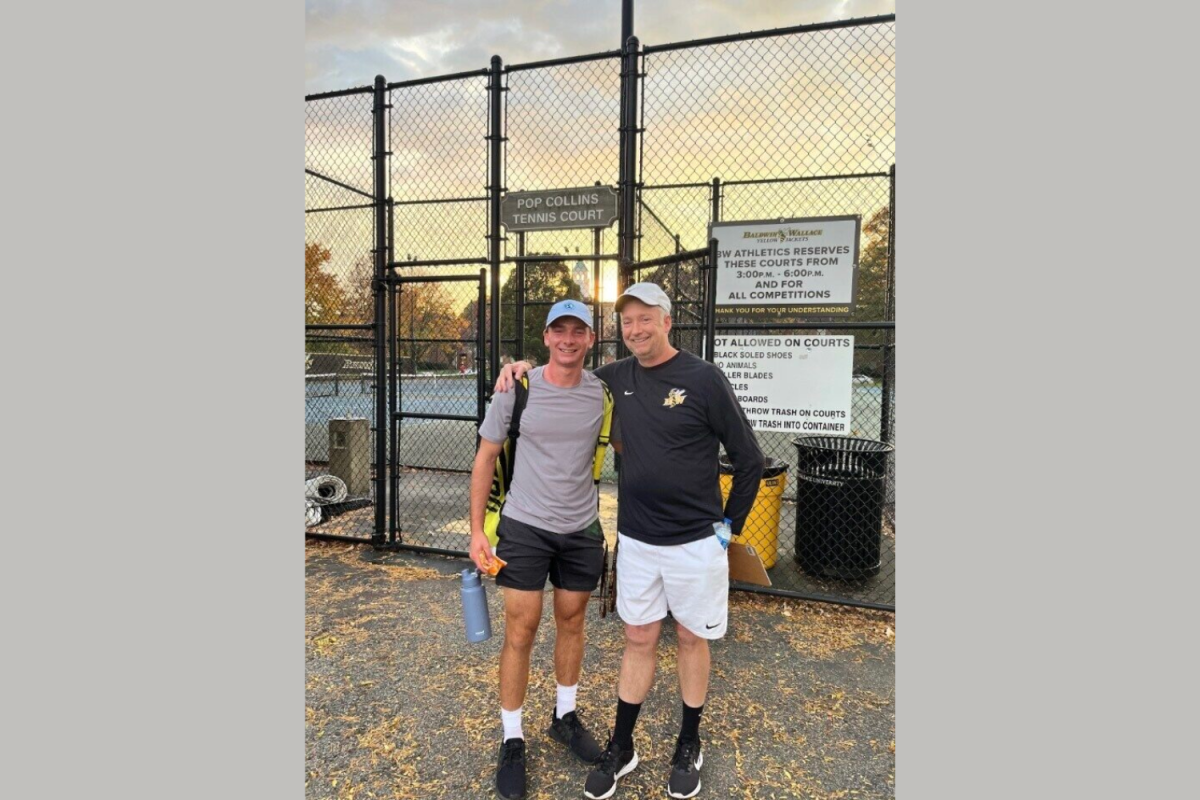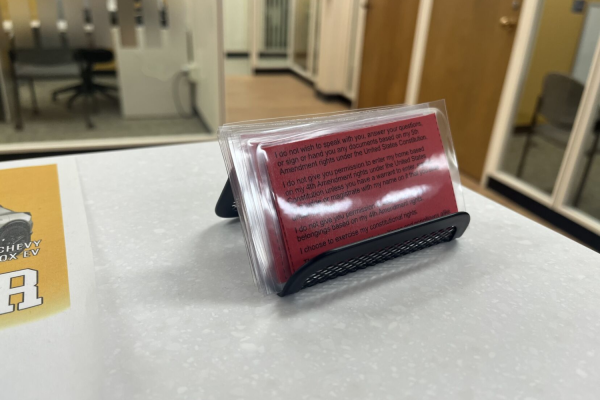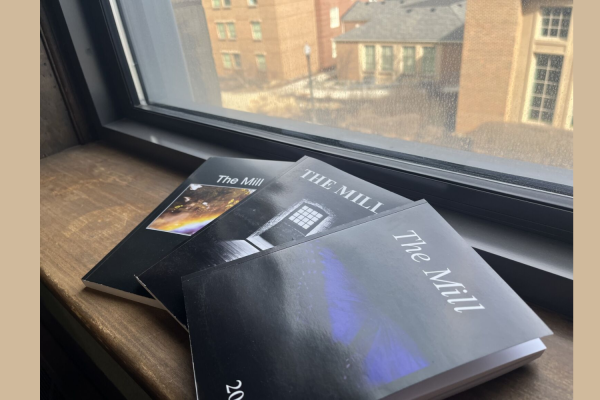BW community and local drag queens react to spate of anti-drag efforts
With the growth of the widespread legislative attempts to restrict drag, students and faculty at BW and local Cleveland drag performers give their reactions and celebrate the art form as a whole.
On March 2, the Governor of Tennessee, Bill Lee, signed Senate Bill 3 into law, the first of its kind that bans public drag performances that could occur in the presence of young children. Similar laws and anti-drag proposals spread to other states, such as Ohio. Members of the BW community and local Cleveland drag performers spoke out against the laws in interviews with The Exponent.
“We have been so progressive that to take a step back, it does not make sense … It is shocking,” said Tobias Yeung, a freshman musical theater major and a part-time drag performer of two years.
Emi Hathcock, president of BW Allies, the student-run LGBTQ+ campus organization, and a senior psychology major with a Spanish minor, said that banning drag also means prohibiting freedom of expression and speech.
Stevie Aura, a drag queen based in Cleveland, said the bills “hyper-focus” on the art form instead of focusing on issues that should take precedence in the country. The performer also said the concern over children attending drag shows may be unwarranted.
“People say ‘kids should not go to drag shows,’ but the kids that go to drag shows are there with their parents because [the parents] want them to experience drag performances,” Aura said.
Carly Üninemclite, a Cleveland drag queen, has practiced the art form for about seven-and-a-half years. Üninemclite said the ongoing anti-drag eforts are “devastating,” and that the legislative climate will harm the transgender community.
“If we listen to people within the transgender community, they will tell you firsthand that these bans are not just to target drag entertainers,” Üninemclite said. “They are meant to encompass transgender individuals just living their everyday lives.”
Ken Schneck, a professor of education at Baldwin Wallace and the editor of The Buckeye Flame, an Ohioan LGBTQ+ publication, said the bill is part of a “larger movement to criminalize the lived experience of LGBTQ+ Americans.”
“Transgender individuals are the core of the LGBTQ+ fight for liberation,” Schneck said. “There are several bills right now that seek to ban the lived experience of trans Ohioans, including the ban of transgender women across grades from Kindergarten to college from participating in athletics and the ban of gender affirmative care in transgender youth to 18 years old.”
Hathcock said the anti-drag bills would affect not just the adult transgender community but also the children within the LGBTQ+ community.
“It is pretty clear what is going on here … [It is] very anti-LGBTQ+ and very anti-transgender,” Hathcock said.
The drag queens also had various perspectives on how the bill has impacted their performances.
Üninemclite said they had not had much personal effect from the bill’s results, but their friend and mentor, Randall, has experienced the impact.
Üninemclite said Randall hosts many drag queen story hours and has had an incident where they recieved a threat from an extremist group known as the Proud Boys, where a flyer was leaked on Instagram advertising to “bring your ammo; it is gonna be wild.”
“Thankfully, enough people heard about the protests that were bound to happen. Counterprotests severely outnumbered the extremist group that had shown up. Thankfully, no one got hurt,” Üninemclite said.
Performers also gave their definition of drag in their own words.
Yeung said that defining drag is different for everyone, but he would personally describe it as “a way to present yourself as something different from how you present yourself every day.”
“Drag, by definition, can represent so many different things,” Aura said. “It could be impersonating an over-the-top female or an over-the-top male or anything in between.”
Üninemclite said that they define drag as “performative gender.”
“It is a comedy, drama, it is gore … It is a wide variety of genres within a performance style,” Üninemclite said.
When finding inspiration for performances, Yeung said that he has two styles of performance, the dramatic and the physical and the style where he draws inspiration from ballroom dance.
Aura draws inspiration for performances by watching other drag performers and being able to pick the songs they love and like to listen to, which makes it fun for them.
“I used to watch many music on-demand music videos when I was younger for the specific choreography and thinking ‘that was so cool … I want to do that,’” Aura said.
Üninemclite said they draw inspiration from the drag queens they have watched on television who have “had something profound to say and wanted the space to say it.”
“There is something so infectious about watching a performer on stage,” Üninemclite said. “You just feel the energy that they are giving.”
Aura provided perspective on overcoming criticism regarding drag performances.
“It is best to walk away and let them feel the way they feel … At the end of the day, their opinion of me will not change what I am doing,” Aura said.
Yeung offered similar advice.
“Ignore it.,” Yeungs said. “The art [of drag] is a ‘you’ process that is a huge journey.”
The Exponent is looking for financial contributions to support our staff and our newsroom in producing high-quality, well-reported and accurate journalism. Thank you for taking the time to consider supporting our student journalists.




